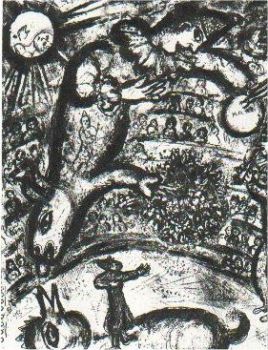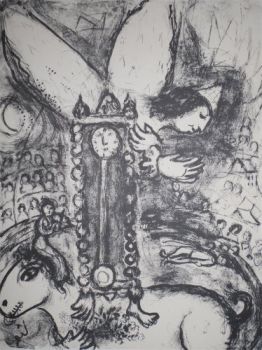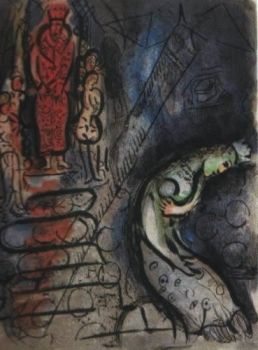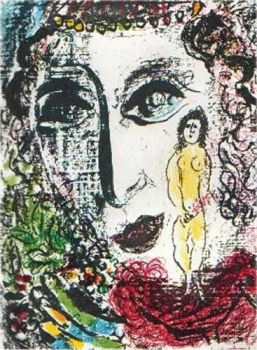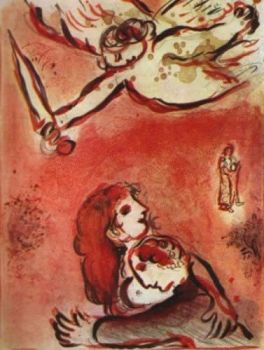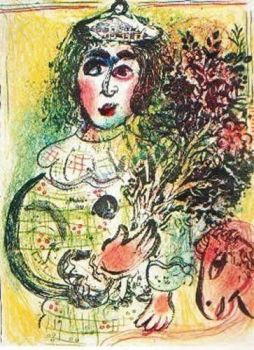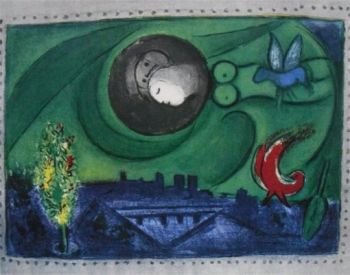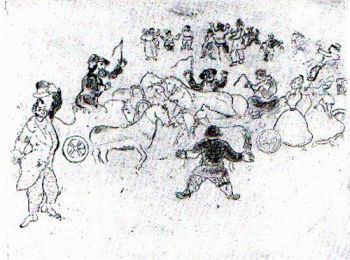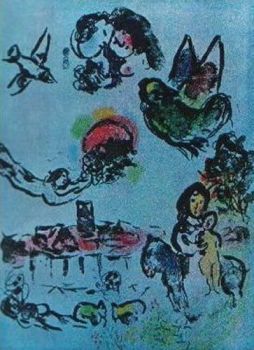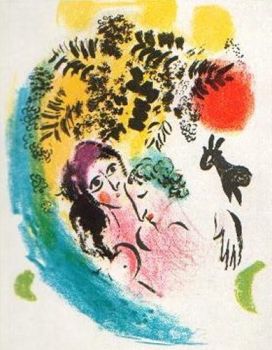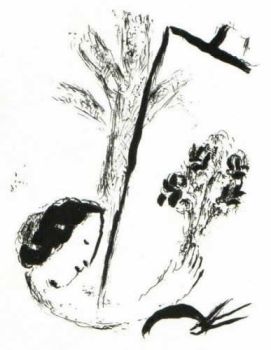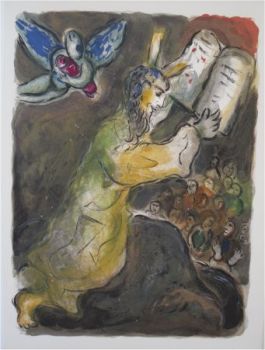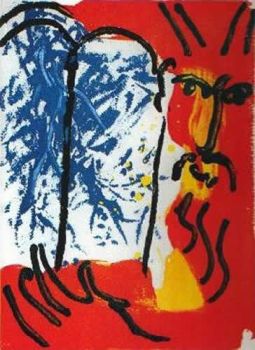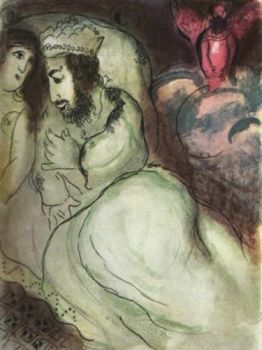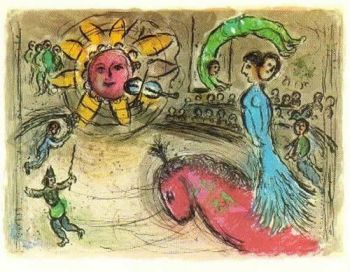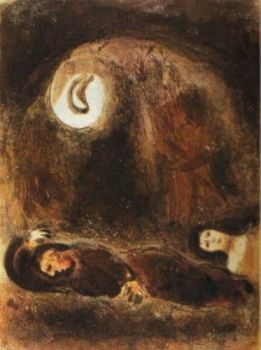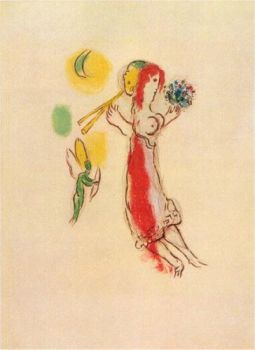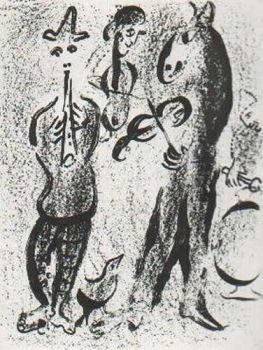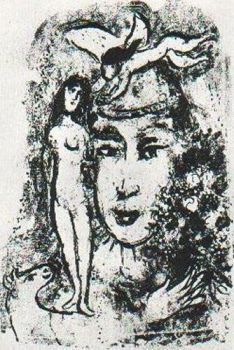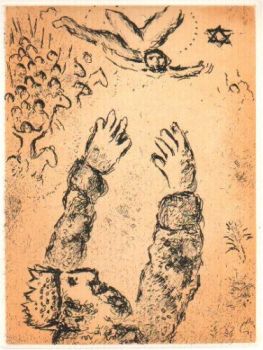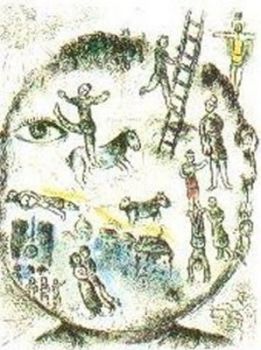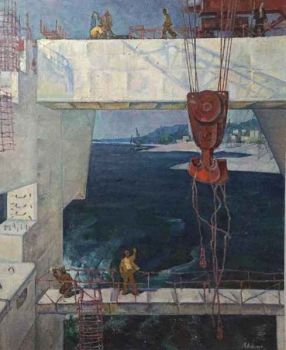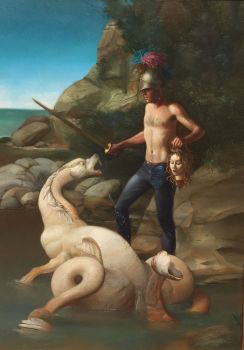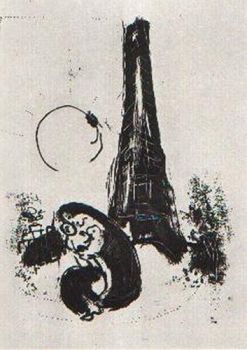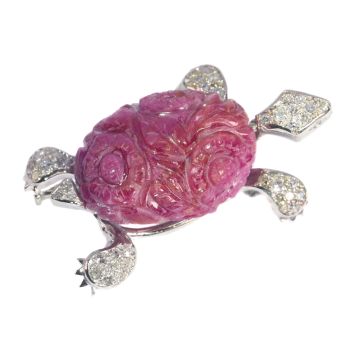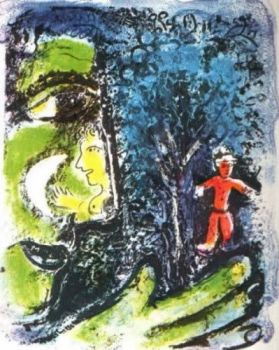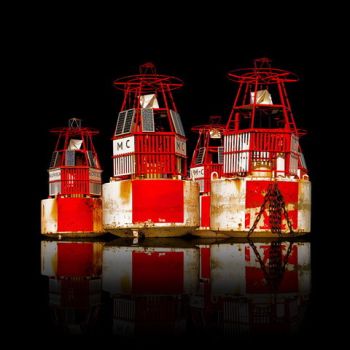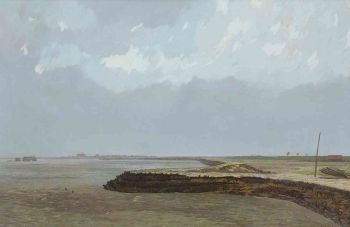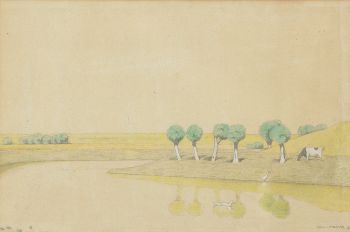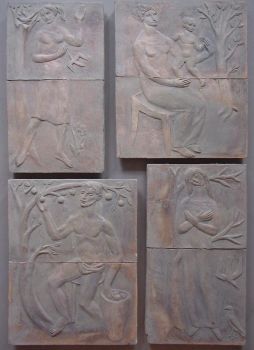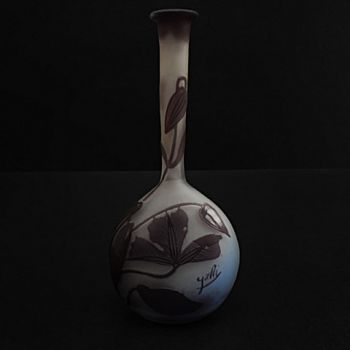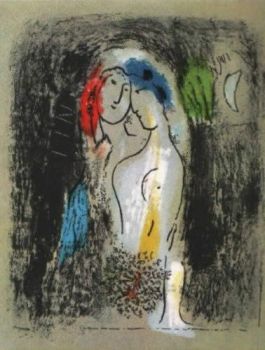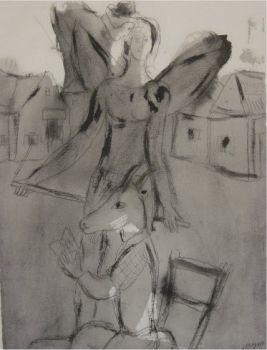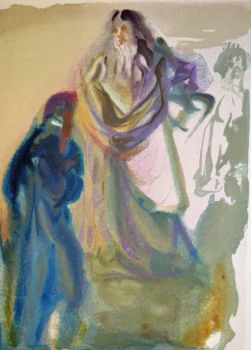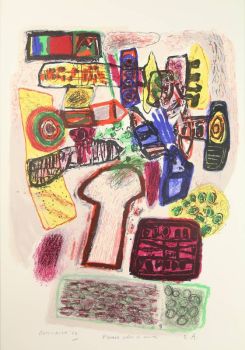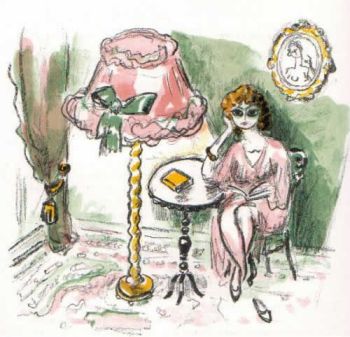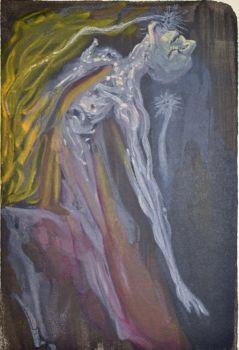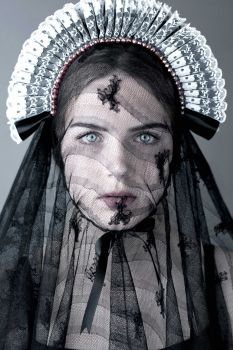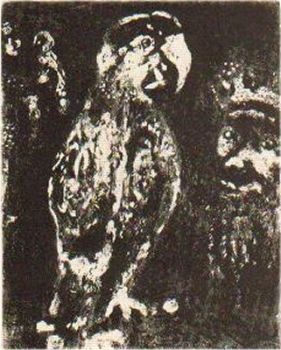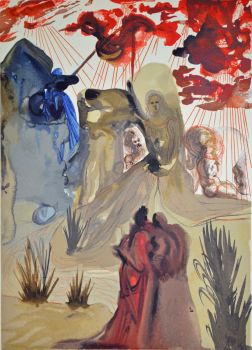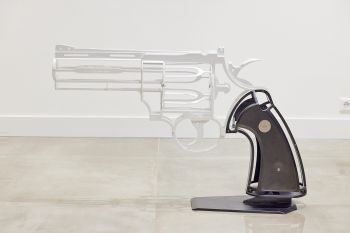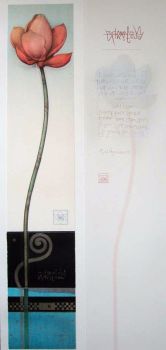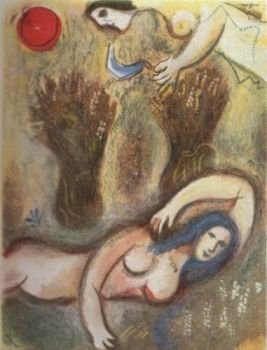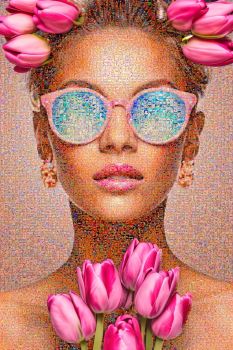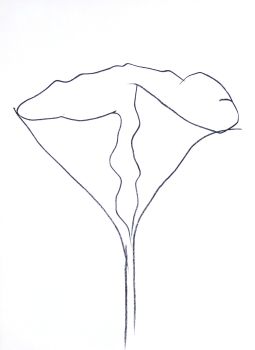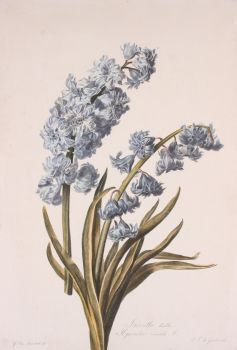Marc Chagall Prints: a coveted legacy
Marc Chagall (1887 – 1985) is considered to be one of the greatest artists of the 20th century. As a determined autodidact, strong idealist and a technical innovator, he redefined the graphic arts.
Even, today, Marc Chagall prints are still widely sought after. His visual language appeals to a broad and international audience, maintaining a high demand for his work.
Although the artist has always refused to talk about his work, it is filled with symbols and messages, which have, in turn, been subject to many different interpretations.
Join us as we delve deeper into the different phases of his artistic career, in the hopes of uncovering some of the myths surrounding Marc Chagall.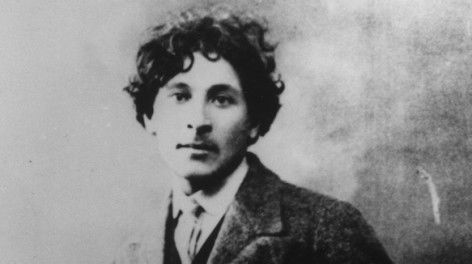
Marc Chagall's Early Life
Chagall was born into a Hasidic family in Liozna, a small settlement town near Vitebsk, Belarus, with a large Jewish population. Discriminatory laws prohibited Russian Jews from mixing with other religions, so Chagall attended a Jewish school where he was taught Hebrew and studied the Old Testament.
Already, his talent and passion for the arts emerged, as he was frequently caught drawing and copying images from books. After taking a couple of art classes with the local artist Yuri Pen, he moved to St. Petersburg in 1906 and enrolled at the Zvantseva School of Drawing and Painting.
At Zvantseva he was discouraged from depicting Jewish themes and imagery, given the Russian Empire’s hostility towards Jews. Instead, he got caught up in the mainstream of contemporary art.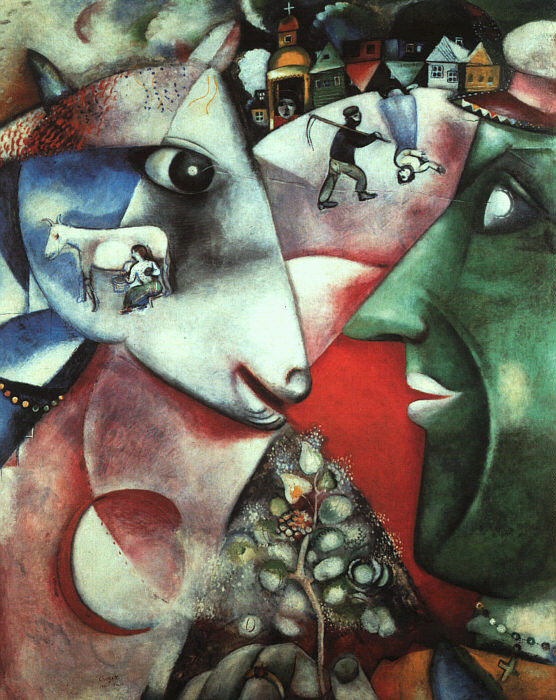
I and the Village, 1911, Museum of Modern Art, New York: one of the most famous paintings by the artist, displaying memories of his hometown inspired by the geometrics of Cubism, but still including elements of representation.
Marc Chagall in Paris
In 1910, Chagall moved to Paris to develop his artistic style within an avant-gardist environment. He developed friendships with ringleaders such as Robert Delaunay and enrolled at the Académie de la Palette, one of the progressive art schools that were popping up all over the city at that time.
Although Paris offered many temptations, Chagall spent his time either painting or visiting museums such as the Louvre, where he could admire the work of his favourite artist, Rembrandt. He was homesick and longed for his beloved girlfriend, Bella Rosenfeld.
To cope with his yearnings and to revive his memories of Vitebsk, Chagall continued to paint Jewish motives, sometimes intertwining them with Parisian elements.
The paintings from this era show cubist and surrealist tendencies, but the artist refused to be associated with a specific school, asserting that he had developed his own poetic language of symbols.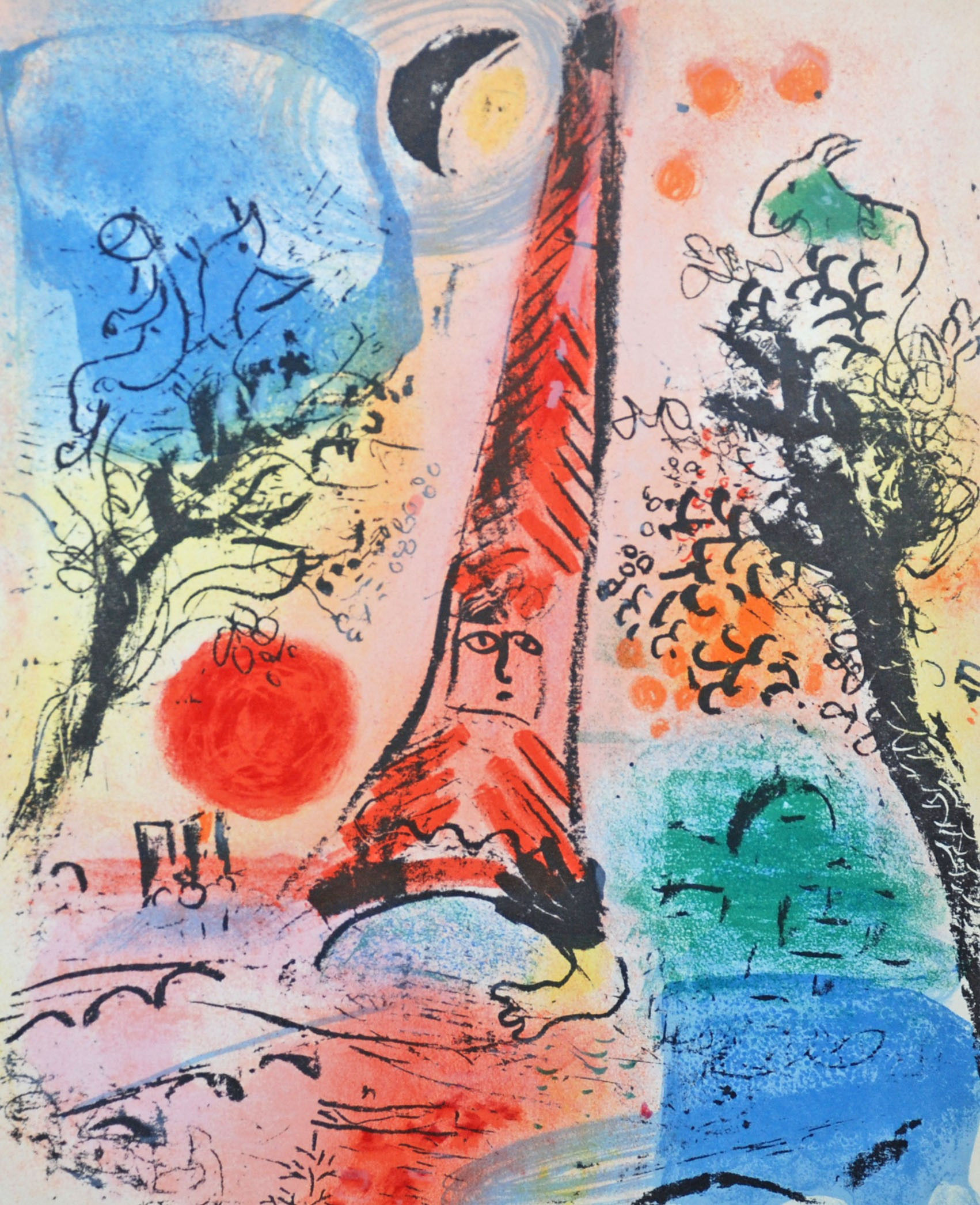
Vision de Paris, a lithograph in colour, available through Arthouse Marc Chagall.
In the hopes of marrying Bella and returning to Paris together, Chagall accepted an offer to exhibit his work at the Berlin-based Sturm Gallery in 1914. Its huge success allowed him to continue to Vitebsk where he was finally reunited with his soon-to-be wife, but the outbreak of World War I saw the borders close, so the family was forced to stay in Russia.
Return to Russia
Chagall began showing his work at popular salons in Moscow, followed by exhibitions in both St. Petersburg and Moscow. By the time of the Bolshevik Revolution of 1917, he had become a well-established avant-garde artist. Regarded as an “aesthetic representative” of the revolution, he was expected to take up the notable position of Commissar of Visual Arts within the new government.
But Chagall detested politics and requested a different position, ending up as the Commissar of Arts for Vitebsk. The less intense nature of this job allowed him to found the Vitebsk Arts College, whose teaching staff included the famous Russian avant-gardists El Lissitzky and Kasimir Malevich.
However, their supremacist attitudes conflicted with Chagall’s bourgeois tendencies, resulting in his resignation only a few years later.
Paris Chapter II
In 1923 Chagall and Bella finally moved back to Paris with their seven-year-old daughter Ida, after having saved enough to start fresh and live a comfortable life in the capital of contemporary art.
Chagall was introduced to the famous art dealer Ambroise Vollard, who catapulted the careers of some of the world’s most famous artists, including Paul Cèzanne, Pablo Picasso, Paul Gaugin and Vincent van Gogh.
Contrary to all of his earlier teachers and supporters, Vollard instead encouraged Chagall to illustrate scenes from the Old Testament for a series of etchings. The artist took this opportunity to travel to the Holy Land in 1931, in order to gain a deeper understanding of his Jewish roots.
It was a critical turning point for Chagall, who had, up until that moment, worked very hard to become appreciated as a modernist painter.
In the following years, the artist worked day and night to produce a total of 105 plates which became known as ‘the Bible Series’, and formed the basis for the majority of the Marc Chagall prints that are still available today.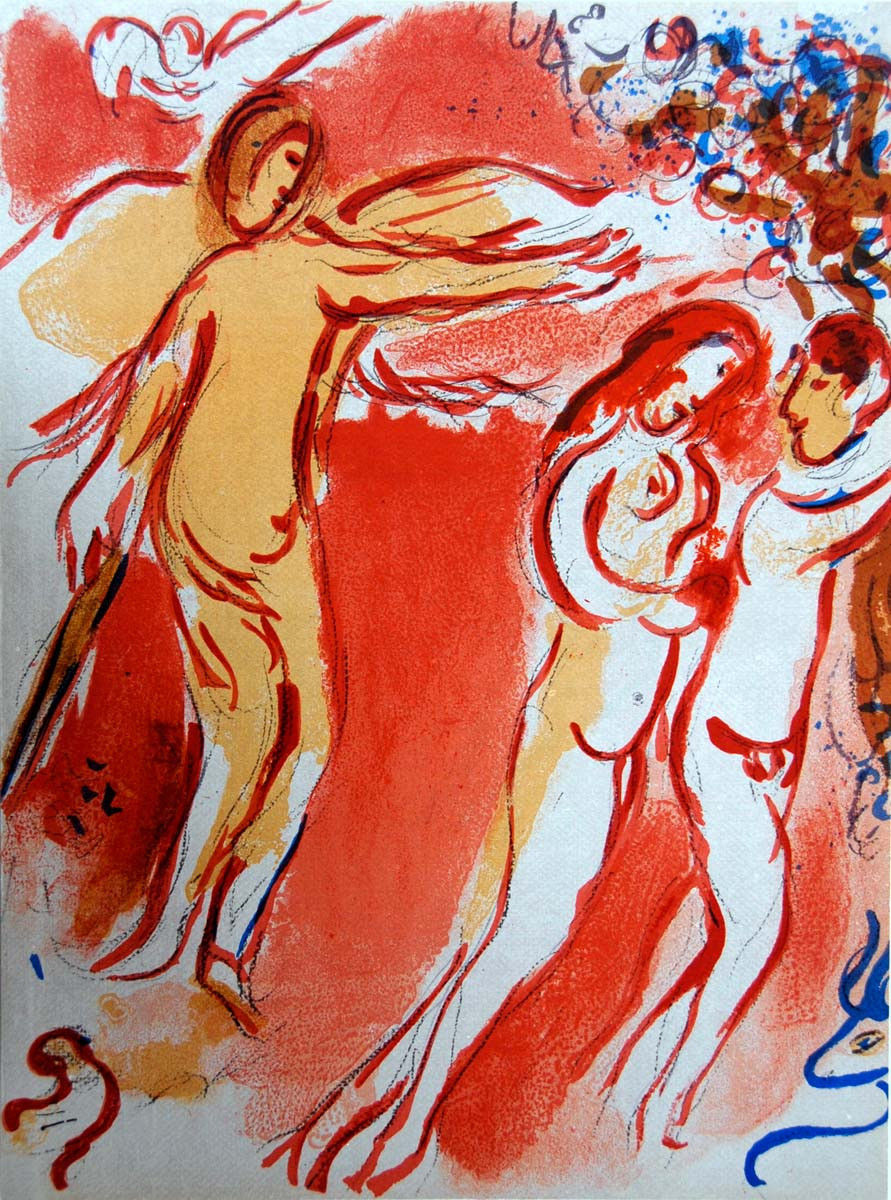

Adam and Eve being expelled from paradise and Cain and Abel, two illustrations from the Old Testament (Hebrew Bible), demonstrating Chagall's vivid use of colours.
During that same decade, the Nazi regime seized power in Germany and condemned all modernist and Jewish art to be “degenerate”, followed by the removal of such pieces from museums and galleries.
Even though the German audience had once been in awe of Chagall, he was now being mocked by the press. But Chagall, then living in Vichy (FR), was too immersed in his work to notice.
When the family finally caught wind of the anti-Semitic terror that was sweeping across Europe, they were already trapped. Through Alfred Barr, then director of the Museum Of Modern Art, the Chagall’s came into contact with an American-run rescue operation based in Marseille, and managed to escape occupied France in the nick of time.
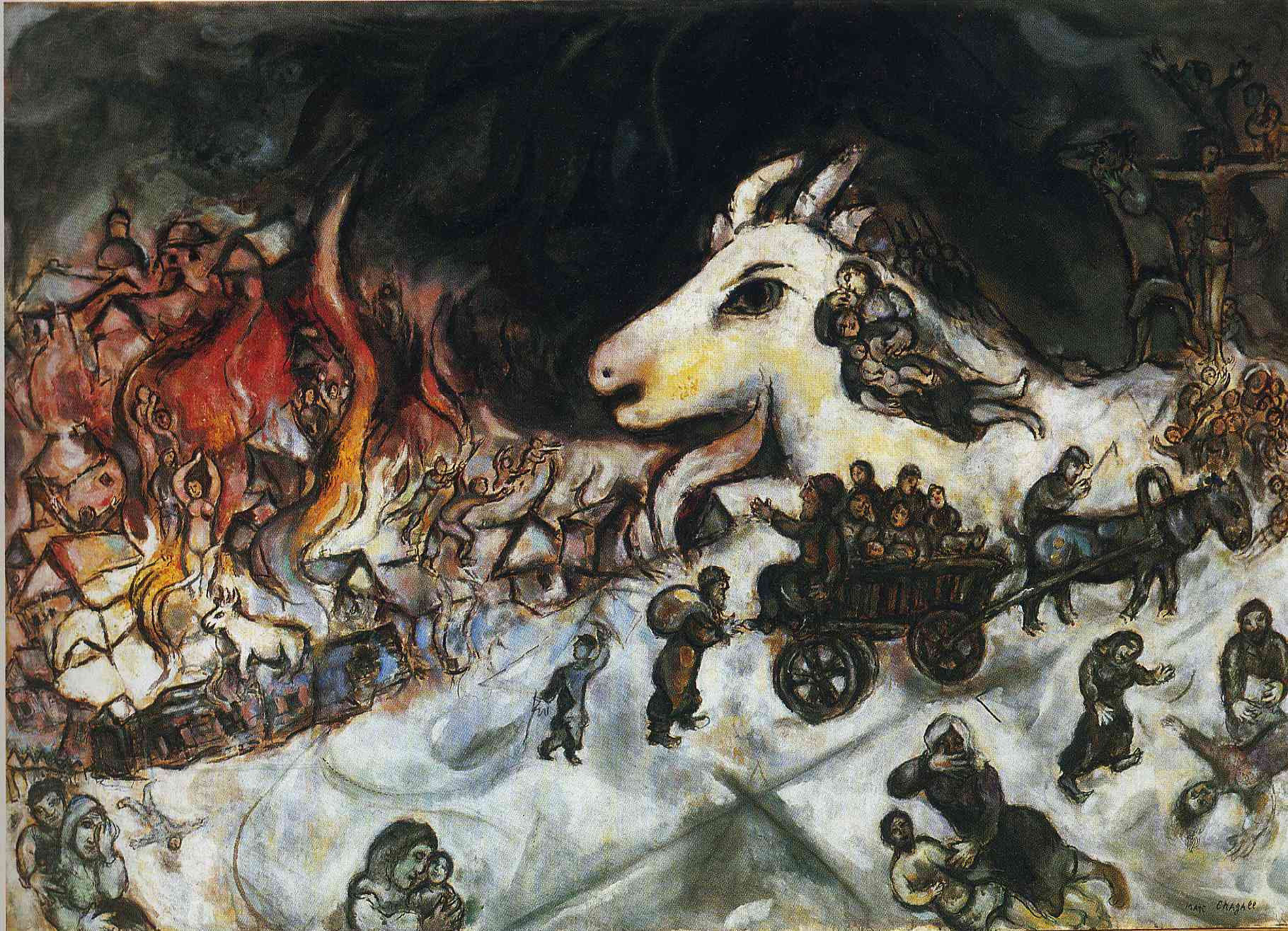
War, ca. 1965, oil on canvas, Kunsthaus Zürich.
New York
The arrival in New York marks the beginning of the final chapter of Chagall’s artistic career. Having already survived one world war, he was deeply distressed by the effects of the second one, especially after learning that his beloved Vitebsk had been destroyed by the Nazi’s.
The artworks that he produced at that time would all bear his reflections on the tragedies that were taking place. Chagall suffered an even greater loss in 1944 when Bella died suddenly from a virus infection, due to a shortage of medicine.
Unable to fully settle in, New York remained a port of exile for him, and as soon as France was liberated he started planning his return. In 1947, the artist moved to the Southern city of Saint-Paul-de-Vence. He remarried in 1952 and continued to paint, but this time in a more lyrical and abstract fashion.
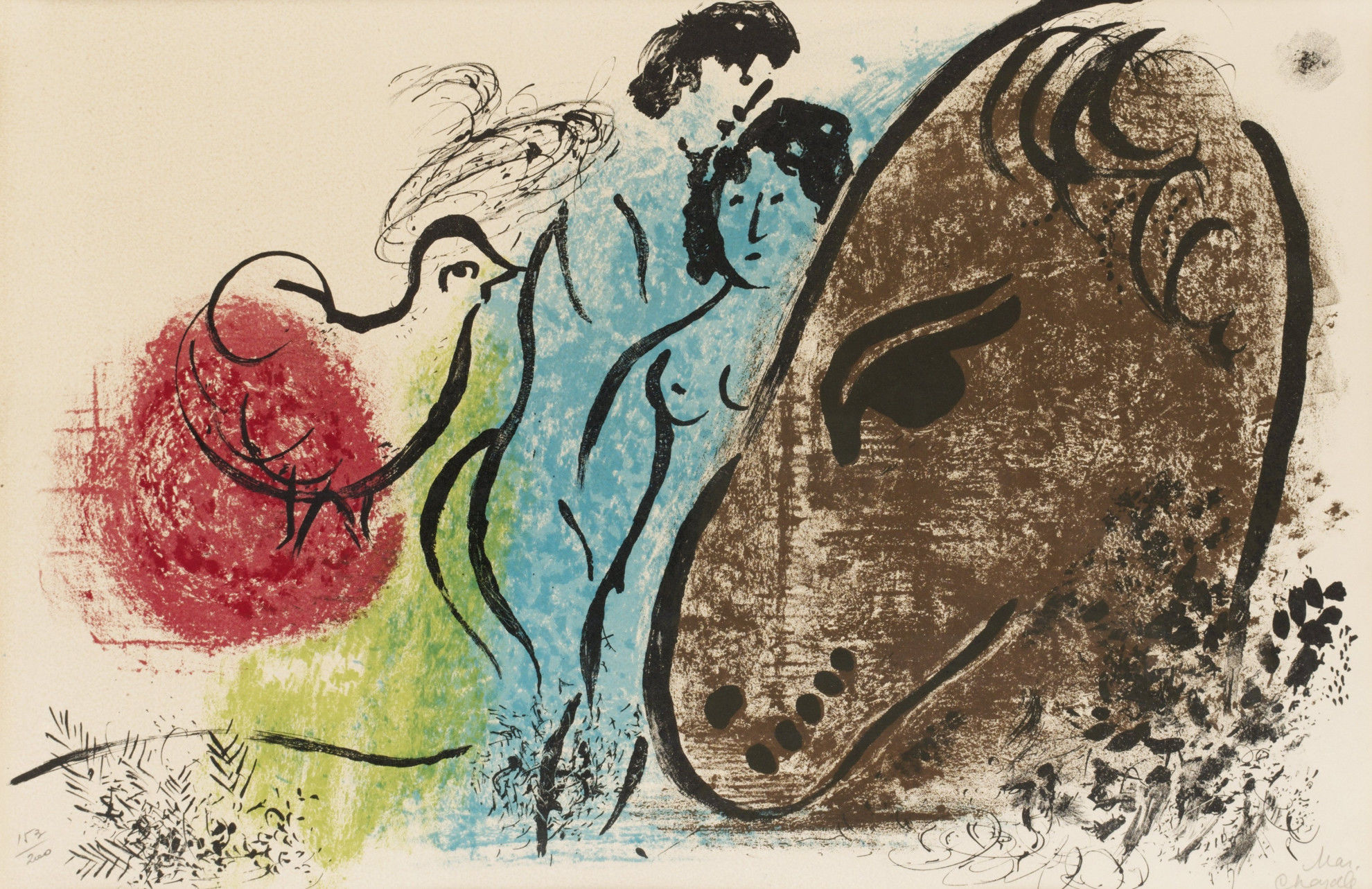
Le Cheval Brun, 1952 lithograph in colours, available through Arthouse Marc Chagall.
Marc Chagall's Final Chapter
The Holocaust had a big influence on the artist’s oeuvre over the course of the rest of his life. Following his return to France, Chagall devoted himself to using his art as a means to help create world peace.
In search of a medium that would allow him to express these thoughts to a greater public, he began creating stained glass windows, in the hopes of illuminating the world.
Some of the most famous commissions include the windows of Jerusalem’s Hadassah Medical Centre’s synagogue, and a monument created especially for the United Nations building, entitled 'Peace'.
At the age of 77, Chagall was also commissioned to paint the ceiling of the Paris Opéra by the French Minister of Culture, an opportunity that allowed the artist to pay gratitude to the country where he was once given the gift of artistic freedom.
These commissions ensured that Chagall’s legacy would continue to live on for many decades, and firmly secured his place within the art historical canon.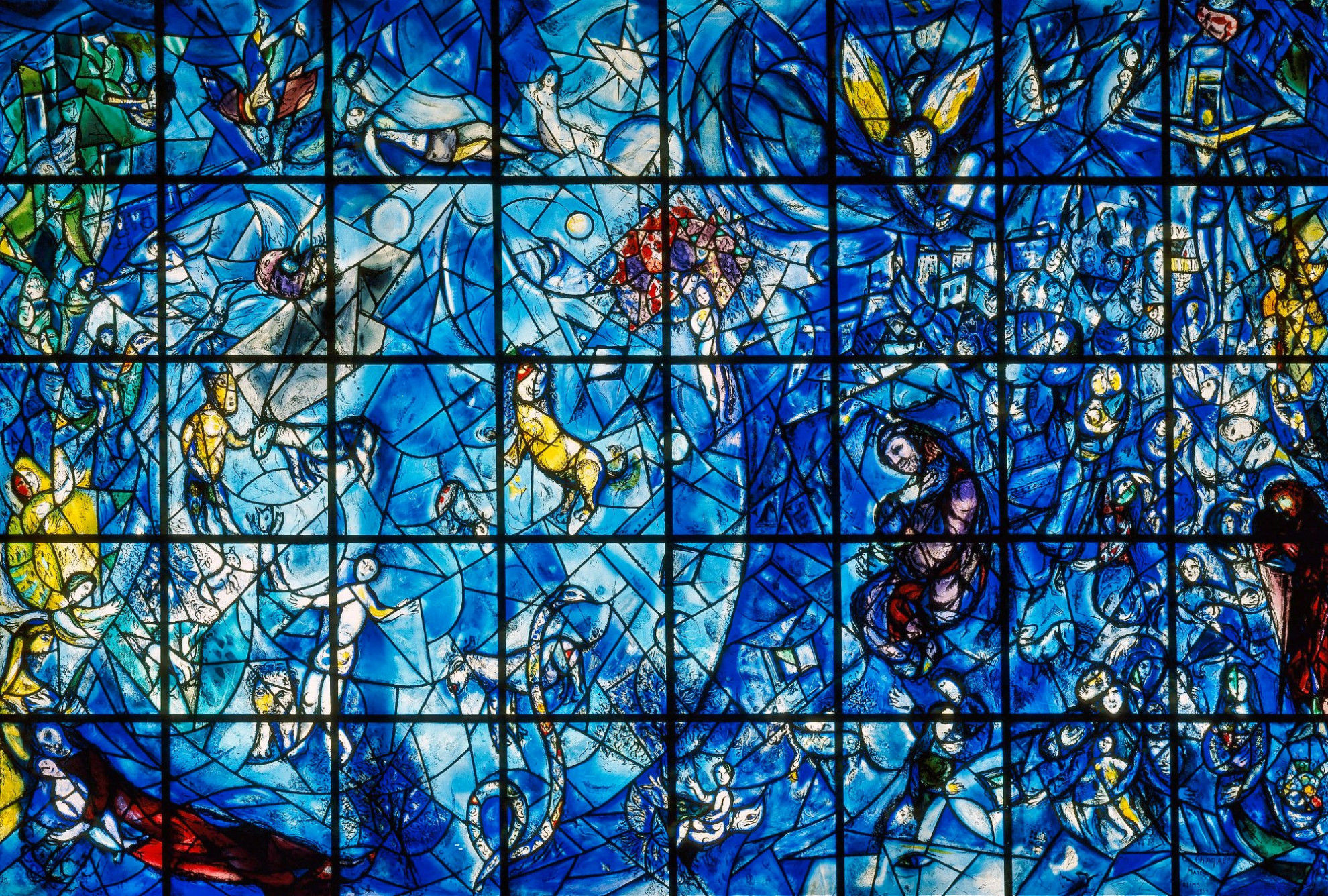
Peace, a monumental window at the United Nations headquarters, New York.
Marc Chagall passed away in Saint-Paul-de-Vence in 1985, aged 97. Above all, the artist is remembered as one of the greatest colourists to have ever lived, as the bearer of his own, authentic aesthetic and as a master of multiple media.
Through his poetic and lyrical style, he flirted with the likes of Fauvism and Cubism, but always remained faithful to figurative art.
Chagall also worked closely with the famous Mourlot studios, whose state-of-the-art lithograph presses could deliver up to 20.000 prints at a time.
The artists developed his own visual language and then used the most advanced reproductive techniques to be able to communicate that language with the world, resulting in the fact that there are still thousands of high quality Marc Chagall prints available to you today.
Interested in becoming the owner of one of the most coveted Marc Chagall prints? We invite you to browse through the collection of Arthouse Marc Chagall, Hans den Hollander Prints and Van der Vorst Grafiek where you will find the highest quality Marc Chagall prints.
*Header image: Le Peintre et son Double.


